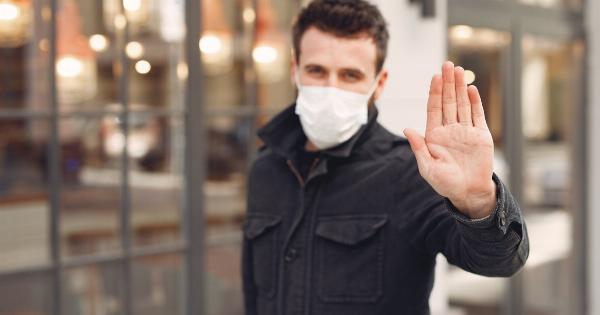Antibiotics are an essential part of modern medicine and have saved countless lives worldwide. They are used to treat bacterial infections and are prescribed by healthcare providers in various settings.
However, some individuals use antibiotics more frequently than others due to several factors.
Children
Children are the largest consumers of antibiotics worldwide. They may be prescribed for upper respiratory infections, ear infections, strep throat, and other common childhood illnesses caused by bacteria.
Children’s immune systems are still developing, making them more susceptible to bacterial infections. Additionally, children are often in close proximity to one another in daycare or school settings, making them more likely to contract and spread infections.
Older Adults
Older adults are another group of individuals who frequently use antibiotics. Their immune systems may be weaker, making them more susceptible to infections that require antibiotics.
Additionally, they may have chronic medical conditions that increase their risk of bacterial infections, such as diabetes, urinary tract infections, or pneumonia.
People with Chronic Medical Conditions
People with chronic medical conditions such as cancer, HIV, or autoimmune diseases may also require frequent use of antibiotics.
These individuals may have weakened immune systems, making them more susceptible to infections that require antibiotic treatment. Additionally, some of the medications used to treat chronic conditions may increase their risk of developing infections.
People Living in Poverty
People living in poverty may have limited access to healthcare, making it more difficult to obtain preventive care or treat chronic health conditions. This lack of access can increase their risk of developing infections that require antibiotics.
Additionally, living conditions may increase their exposure to bacteria, such as living in crowded homes or neighborhoods, or working in jobs that increase their risk of infections.
People in Developing Countries
People in developing countries may also use antibiotics more frequently than in developed countries. These individuals may have limited access to clean water, sanitation, and healthcare, making it more difficult to prevent or treat infections.
Additionally, the use of antibiotics in animal husbandry or agriculture may increase their exposure to antibiotic-resistant bacteria that can cause infections.
People with Substance Abuse Disorders
People with substance abuse disorders may also require frequent use of antibiotics. These individuals may engage in activities such as drug injection or unsafe sexual practices that increase their risk of infections.
Additionally, substance abuse can weaken their immune systems, making them more susceptible to infections that require antibiotic treatment.
Individuals Who Received Transplants or Have Implants
Individuals who receive organ transplants or have medical implants, such as artificial heart valves, may have a higher risk of developing infections that require antibiotics.
These individuals may require long-term antibiotic therapy to manage or prevent infections related to their medical devices or transplant.
People Who Travel Frequently
People who travel frequently may also require antibiotic use. They may be exposed to bacteria, viruses, or parasites that are not found in their home countries, increasing their risk of developing infections that require antibiotic treatment.
Additionally, they may be at risk of contracting antibiotic-resistant infections abroad due to the overuse of antibiotics in some regions.
Healthcare Workers
Healthcare workers may also require frequent use of antibiotics due to their profession. They are often exposed to patients with infectious diseases, increasing their risk of contracting infections.
Additionally, some healthcare workers may be required to take prophylactic antibiotics to prevent infections after exposure to certain pathogens.
Conclusion
While antibiotics are an essential part of modern medicine, certain individuals may require them more frequently than others due to several factors.
Children, older adults, people with chronic medical conditions, people living in poverty, people in developing countries, people with substance abuse disorders, individuals who received transplants or have implants, people who travel frequently, and healthcare workers are the most common users of antibiotics.






























